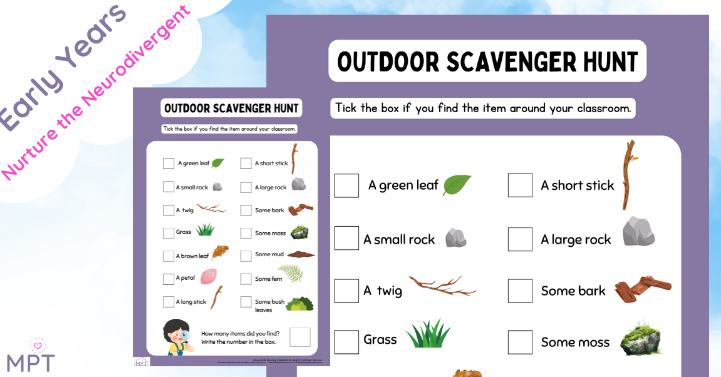Take time out to do some Muddy Science! This leaf identifier will help children find trees and identify them by their...
Outdoor Multiplication Posters (Nature Theme)
Mar 16, 2022
Our Muddy Materials and Posters are perfect for adding that educational element to your outside space as well as a...
Nature Sunflowers Art Task KS2
Mar 8, 2022
🌻 Nature Sunflowers Drawing: Mindfulness Activity for KS2 Bring a little sunshine and calm to your classroom with our...
Nature Colour In Mindfulness
Mar 8, 2022
Use this nature colour in activity to help connect children with nature while being mindful.
Outdoor Wellbeing – Worry Leaves Template
Mar 8, 2022
Outdoor Wellbeing Ideas. Use this template to help children with worries and to help them share these and blow them...
Muddy Adjective Grid Game
Mar 8, 2022
Play the muddy adjective grid game to take this area of SPAG outside in the fresh air while having lots of fun!
Muddy Alphabet Grid Game
Mar 8, 2022
Play the Muddy Alphabet Grid Game to get children connecting with nature while linking in a lot of Science and...
Outdoor Spanish Scavenger Hunt
Mar 7, 2022
Teaching Spanish Outdoors: Engaging Children in Language Learning Teaching Spanish outdoors can significantly enhance...
Outdoor German Scavenger Hunt
Mar 7, 2022
New resources in, now take languages outside the classroom! Take your german lesson outside in the fresh air! Outdoor...
Outdoor French Scavenger Hunt
Mar 7, 2022
Launching our new Outdoor Languages resources, head outside in the fresh air learning practically and in context. ...
Muddy Yoga Display Cards
Feb 27, 2022
Muddy Yoga Growth Mindset (Full Pack)
Feb 27, 2022
Use Muddy Yoga Growth Mindset to add some muddy, outdoor wellbeing techniques to your PE and PSHE lessons
Muddy Yoga Growth Mindset
Feb 27, 2022
Use Muddy Yoga Growth Mindset (Free Pack) to take your yoga outside.
Earth Day Word Search
Feb 27, 2022
Use Earth Day Word Search to help embed a love for the planet and to put a focus on the key areas and words of the...
Bugs (Mini beasts) Mindfulness Colour In
Feb 27, 2022
The Benefits of Mindfulness Colouring Sheets for Children In an increasingly fast-paced and digitally-driven world,...
Plants Mindfulness Colouring In
Feb 27, 2022
Use Plants Mindfulness Colouring In as part of your Science learning or as a brain break to help children be mindful...
Earth Day – Nature Mindfulness Colouring In
Feb 27, 2022
Use Earth Day - Nature Mindfulness Colouring In to take some time out to focus on the world. Allow the children some...
Science Week – Nature Mindfulness Colouring In
Feb 27, 2022
Download Science Week - Nature Mindfulness Colouring In, to put a sustainable focus on the children's learning this...




























